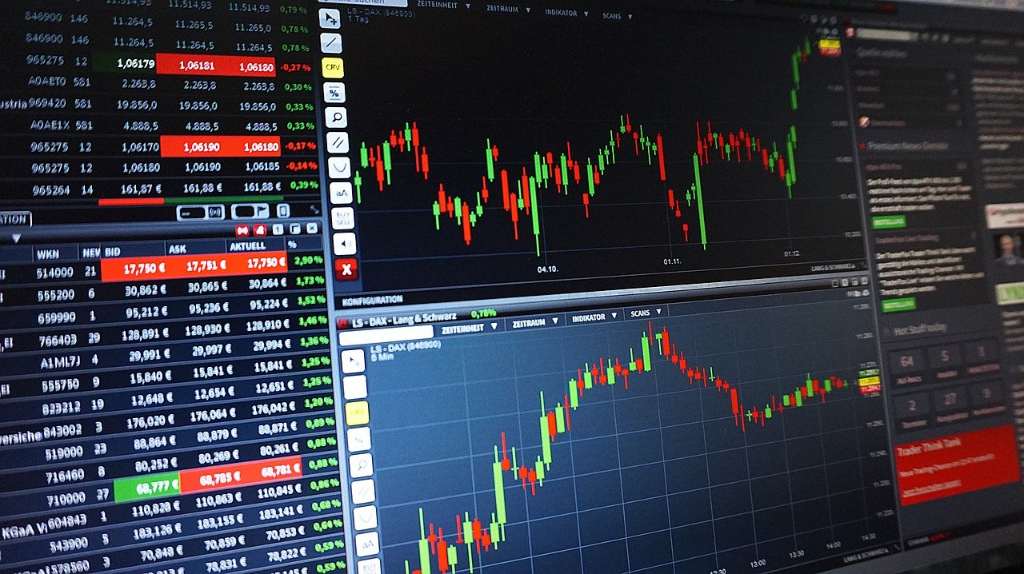Currency seasonality: What to back each month

The key to success in any financial market is the ability to identify actionable trends and patterns, some of which may be stealthy and relatively difficult to determine. However, the forex market is a slightly different entity, and one in which macroeconomic factors such as shifting interest and inflation rates can combine to create cyclical currency prices that are highly insightful in real-time.
This is often referred to as “forex seasonality”, and there’s no doubt that it can help currency traders to plot timely entry and exit points based on identifiable patterns. Here is a look at some of the most common recurring trends, with some information on what traders can draw from the stats.
The Japanese Yen (JPY) finished higher than when it started in July
One of the best examples exists in the form of the safe haven USD/JPY pairing, which is currently the third most traded currency pair in the world.
Interestingly, 68% of detailed samples have revealed that the USD/JPY consistently ends the month of July higher than where it started, although even seasoned economists have struggled to identify the precise reasons that underpin this observable trend. However, the regularity with which this trend occurs is enough to encourage traders to take a smaller-than-usual short position during this period, in order to optimise profits in July and leverage the price movement to their advantage. This way, they can also avoid taking a longer, short-term USD/JPY position in July, which increases their chances of success in the marketplace.
A negative autumn for the USD/CAD
The major USD/CAD pairing is another that can make a strong case for seasonality, with obvious peaks and troughs recorded throughout the average year.
For example, the month of April sees an average depreciation of 1.3% in the value of the asset, with this trend continuing throughout the second quarter before a typical spike in July and August. There’s an even more noticeable hike in the value of the USD/CAD pairing in October and November, when the value of the currency pair increases by 0.5% during an eight-week period. The steep nature of this spike is hard to ignore, and it typically inspires increased demand for the USD/CAD pairing during the final quarter of each year.
The bottoming out of the Euro in late February
Anyone who regularly trades currencies through the MT4 online platform will know that the single bloc has showcased a variety of cyclical trends since its inception in 1999. One of the most telling is the asset’s sharp depreciation in late February, as the asset forms a bottom during this time before moving considerably higher by mid-March. Another pullback subsequently occurs, at which point another peak ensues until the end of June. This type of fluctuation is repeated throughout the first two quarters, while it’s most evident against the British pound and through the EUR/USD pairing (which is the single most traded on the marketplace).
Following these seasonal trends can really help traders to profit when dealing with major currencies like the Euro, thanks to the sheer wealth of information that exists in relation to them.
The editorial unit























Facebook
Twitter
Instagram
YouTube
RSS